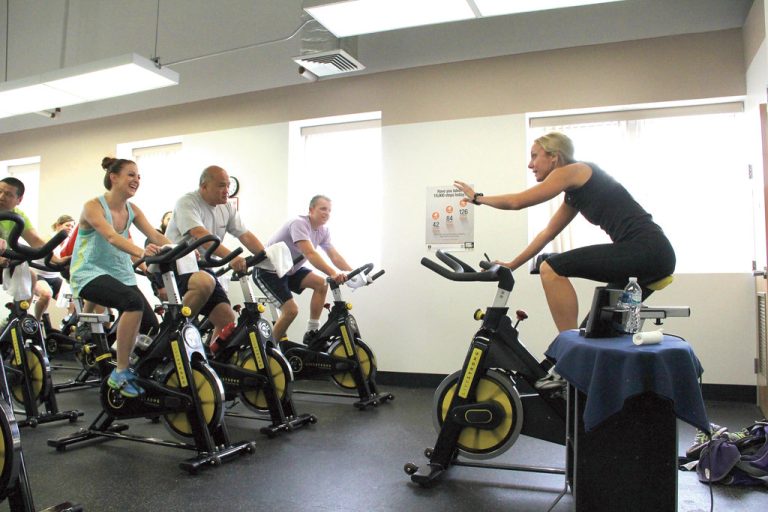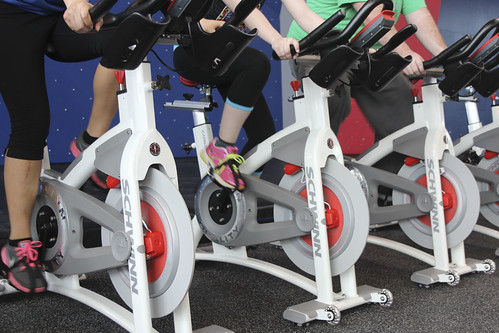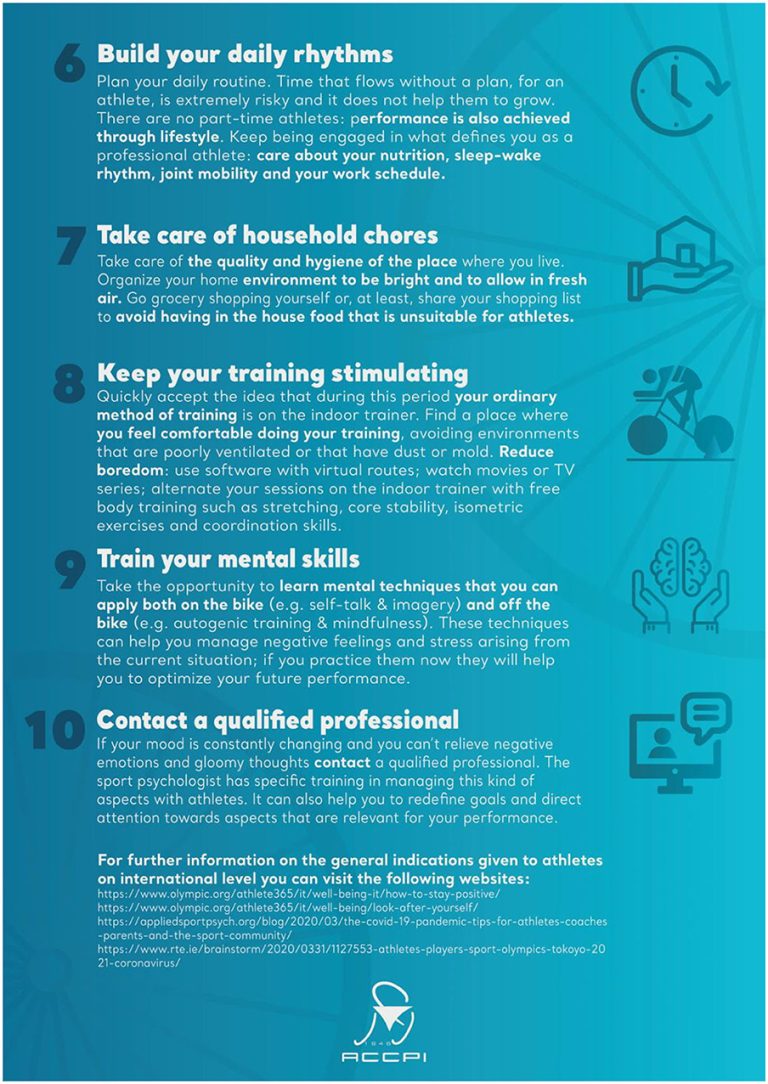Introduction: Why Ultra-Cyclists Need Advanced Training Techniques
Ultra-cycling is not just a physical challenge—it’s a monumental test of endurance, mental strength, and strategic planning. As ultra-cyclists push their bodies to the limits, advanced training techniques become essential for success. These techniques, such as specialized endurance training and precise cycling performance metrics, are crucial for improving endurance and enhancing overall performance. But it’s not just about logging miles; rest and recovery play an equally important role in ensuring athletes can perform at their best. In this article, we’ll dive into advanced methods of training and explore how ultra-cyclists can optimize their routines for ultimate success.
Interval Training for Endurance Cycling
Interval training is a key tool for ultra-cyclists looking to boost their endurance. By alternating between high-intensity efforts and periods of rest, cyclists can enhance their cardiovascular fitness and increase their power output. For ultra-cyclists, integrating intervals into a regular training schedule helps in managing fatigue and improving energy renewal.
Implementing Effective Intervals
– **Short Intervals**: Start with five to ten repetitions of short sprints, 30 seconds each, with a full 90 seconds for rest and recovery. This helps in enhancing quick power bursts and prepares your body for fluctuations during a long race.
– **Long Intervals**: Try three to four long intervals of 10-minute high-intensity cycling, followed by 5-minute low-intensity periods for rejuvenation. This method aids in building stamina for sustained efforts over longer distances.
HIIT for Cyclists
High-Intensity Interval Training (HIIT) is not just about short bursts of intense activity; it’s an advanced method of improving both aerobic and anaerobic capacity. For ultra-cyclists, HIIT is beneficial for managing fatigue and boosting overall performance.
Structured HIIT Sessions
– **Warm-Up Session**: Begin with 10 minutes of gentle cycling to prepare your muscles, focusing on deep breathing and mental relaxation.
– **HIIT Rounds**: Alternate between 1-minute high-intensity cycling, and 2-minutes recovery. Complete 6 to 8 rounds, ensuring full energy renewal during breaks.
– **Cool Down**: Finish with gentle pedaling and mindfulness techniques to reduce stress and promote tranquility.
Power-Based Training for Ultra-Cycling
Power-based training is a precise method to tailor workouts according to personal cycling metrics. By tracking watts per kilogram (W/kg) and adjusting efforts accordingly, cyclists can optimize their performance.
Understanding and Utilizing Cycling Metrics
– **Cycling Cadence**: Aim to keep a steady cadence of 85-95 RPMs to ensure effective pedal strokes, balancing energy expenditure with movement efficiency.

– **VO2 Max Improvements**: To enhance your oxygen utilization, include workouts like hill repeats and time trials. These boost cardiovascular strength and enhance recovery capabilities after intense efforts.
– **Heart Rate Zones**: Using heart rate zones is a practical way to monitor exertion levels. Identify your zones through physiological testing, and adjust your training intensity to target different energy systems.
Mental Resilience and Motivation
In ultra-cycling, developing mental fortitude is just as critical as physical training. Techniques such as mindfulness, visualization, and overcoming race-day anxiety play significant roles in achieving this.
Techniques for Mental Fortitude
– **Mindfulness Techniques**: Practice meditation and focused breathing before training sessions. This helps in stress reduction and improves overall mental resilience.
– **Visualization Exercises**: Visualize yourself successfully completing a race. Imagery can enhance motivation and prepare your psyche for the mental challenges of ultra-cycling.
– **Overcoming Race-Day Anxiety**: Practice systematic desensitization by simulating race environments in training. Familiarity helps in maintaining tranquility and managing stress during actual events.
User Intent and Benefits of Advanced Training Techniques
Different cyclists have distinct goals, ranging from improving endurance to increasing power output. These advanced training techniques offer specific benefits:
– **Improving Endurance**: Techniques like interval and HIIT sessions enhance cardiovascular capacity, allowing for longer rides with reduced fatigue.
– **Increasing Power Output**: Power-based training and cycling cadence optimization allow cyclists to optimize their efficiency and energy expenditure.
– **Building Mental Resilience**: By practicing mindfulness and visualization, cyclists can handle the psychological demands of ultra-cycling more effectively.

Rest and Recovery: The Secret to Staying on Top
A critical component of any ultra-cyclist’s routine is rest and recovery. This process is fundamental in allowing the body to repair and rejuvenate itself after intense training sessions.
Incorporating Restorative Practices
Downtime and Recuperation: Schedule at least one full rest day each week for both physical and mental relaxation. Use this time for activities like gentle yoga or meditation that promote healing.
Rejuvenating Exercises: Simple exercises like stretching or low-intensity swimming can improve flexibility and aid in fatigue management without overwhelming the body.
Balance and Wellness: Maintaining a balanced lifestyle includes proper nutrition, adequate sleep, and dedicated downtime, all of which are crucial for effective energy renewal.
Data and Metrics: Proven Effectiveness
Research supports the effectiveness of these advanced training techniques. For instance, studies show interval training can increase VO2 max by up to 15 percent. Power-based training has been linked with significant gains in wattage output, while mindfulness techniques contribute to reduced cortisol levels, enhancing mental clarity and reducing race-day anxiety.
FAQs about Advanced Endurance Training for Ultra-Cyclists
1. What are key metrics for tracking cycling performance?
Key metrics include cycling cadence, VO2 max, heart rate zones, and watts per kilogram (W/kg). These help assess fitness levels and guide training intensity.
2. How often should ultra-cyclists incorporate interval training?
Interval training should be done 1-2 times per week, allowing ample recovery time in between sessions to avoid overtraining.
3. How can mindfulness improve cycling performance?
Mindfulness helps reduce stress, improve focus, and enhance mental resilience, all of which are crucial for performing under pressure in ultra-cycling events.
4. Why is rest and recovery vital for ultra-cyclists?
Rest and recovery are essential for repairing muscles, restoring energy levels, and preventing burnout, allowing cyclists to perform consistently at high levels.
5. What’s the benefit of using heart rate zones in training?
Heart rate zones provide a personalized approach to monitor and regulate workout intensity, ensuring efficient energy use and targeted improvement.
Conclusion: Embrace Advanced Techniques for Ultra-Cycling Success
Ultra-cycling demands more than just physical conditioning; it requires strategic training, mental resilience, and effective rest and recovery strategies. By incorporating advanced techniques like interval training, HIIT, power-based metrics, and mindfulness, cyclists can push their boundaries and hit new performance peaks. Embrace these strategies, and remember to balance them with adequate rest to ensure your body can rejuvenate and achieve optimum wellness. Ready to elevate your cycling game? Try out these techniques and share your experiences with fellow cyclists!
This article offers advanced training insights tailor-made for ultra-cyclists. The blend of practical advice, data analysis, and emphasis on rest and recovery provides a valuable resource for athletes aiming to sharpen their edge competitively.





